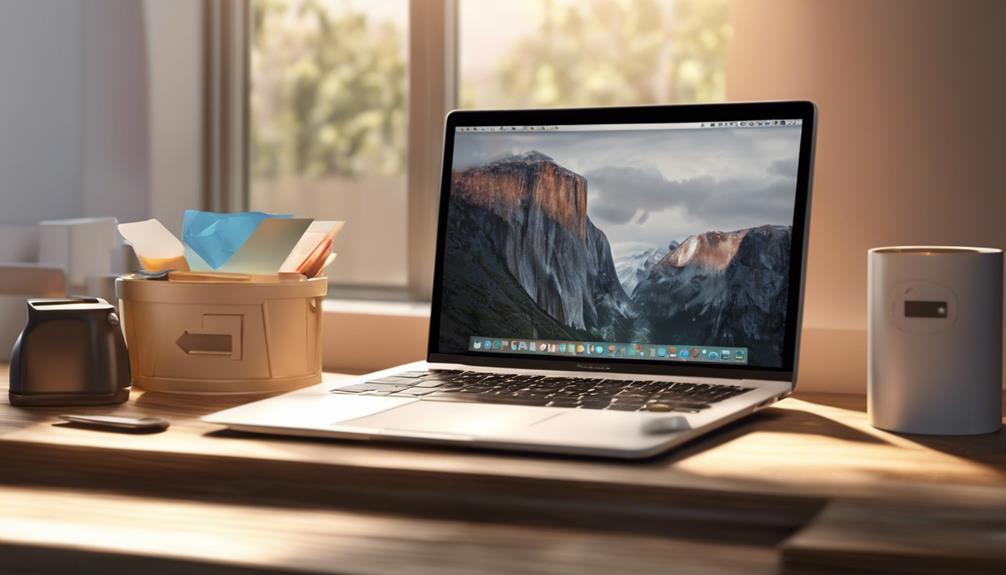To delete apps on your MacBook, you can easily use Launchpad or Finder. In Launchpad, click and hold an app icon until it jiggles, then click the 'X' that appears. For Finder, open the Applications folder, drag the app you want to delete to the Trash, and don't forget to empty it afterward! If you're clearing built-in apps or want to remove something from your Dock, just right-click the app and select 'Remove from Dock'—this won't uninstall it. There's more to keeping your Mac tidy and efficient, so stick around for some handy tips!
Key Takeaways
- Use Launchpad: Click and hold an app icon to make it jiggle, then click the 'X' to uninstall apps from the App Store.
- Delete via Finder: Navigate to the Applications folder, drag the desired app to the Trash, and empty the Trash to permanently remove it.
- Remove from Dock: Right-click an app icon in the Dock and select 'Remove from Dock' to keep your Dock organized without uninstalling the app.
- Uninstall built-in apps: Drag unnecessary built-in applications like iMovie or GarageBand to the Trash for space-saving, if not needed.
Understanding App Management
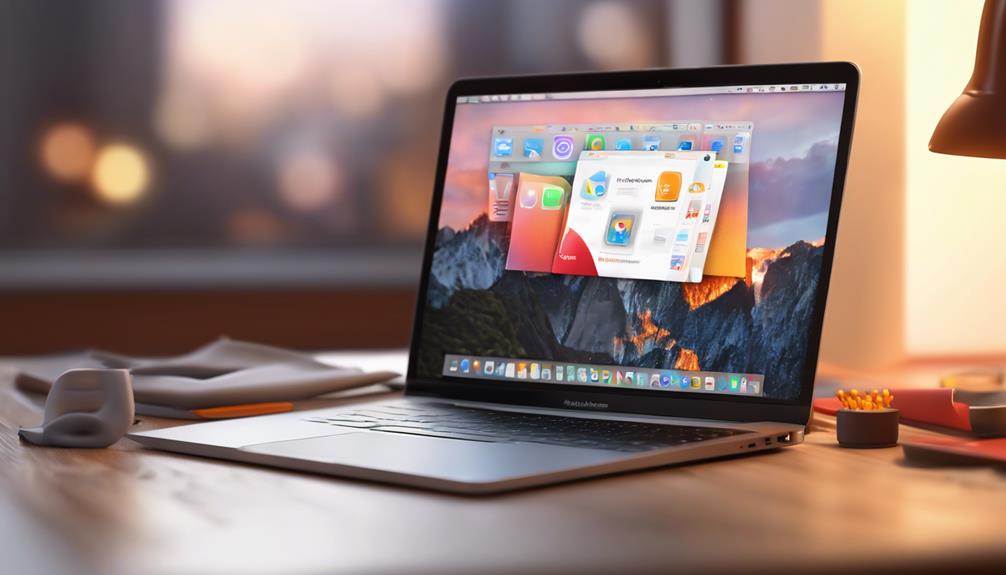
Managing apps on your MacBook is essential for keeping your system organized and running smoothly. You want to guarantee that your workspace reflects your needs, which is where app organization comes into play. By regularly reviewing the apps you have, you can declutter and prioritize what's truly important for your daily tasks.
Start by identifying which apps you actually use. If there are programs you haven't touched in months, consider removing them. This not only frees up space but also makes it easier to find the tools you rely on. Good software maintenance helps improve your MacBook's performance, allowing it to operate at its best.
Don't forget about updates! Keeping your apps up to date can enhance functionality and security, so make that a regular part of your routine. By managing your apps effectively, you create an environment that helps you feel more in control and connected to your work.
Using Launchpad to Uninstall

One of the easiest ways to uninstall apps on your MacBook is by using Launchpad, which provides a straightforward visual interface for managing your applications. To get started, just click on the Launchpad icon in your Dock. You'll see all your apps laid out in a grid, allowing for easy app organization.
To uninstall an app, simply locate the one you want to remove. Click and hold its icon until all the icons start to jiggle. You'll notice an 'X' appears on the top left of the app icons that can be deleted. Click the 'X' on the app you wish to uninstall, and confirm your choice to remove it.
If you can't find the 'X,' it likely means the app isn't from the App Store, and you'll need to use a different method to delete it.
Launchpad features make this process intuitive, and it's a great way to keep your MacBook tidy. By regularly managing your apps, you'll feel more in control and organized, making your digital environment a more inviting place to work and play.
Deleting Apps From Finder
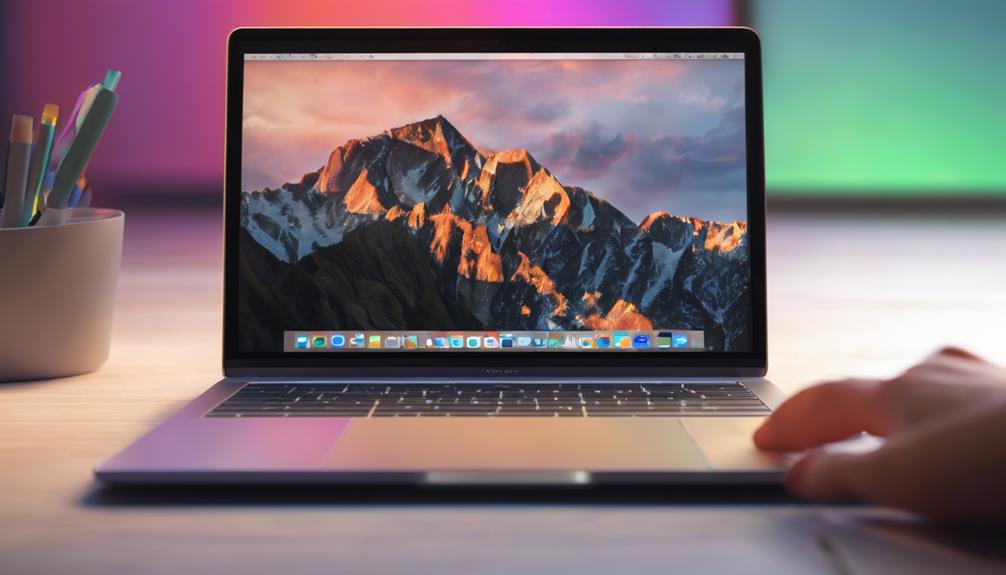
You can easily delete apps from Finder by locating the application in your Applications folder and dragging it to the Trash. Here's how to make this process smooth and efficient:
- Open Finder: Click on the Finder icon in your dock.
- Select Applications: In the sidebar, choose the Applications folder to see all your installed apps.
- Locate the App: Scroll through and find the app you want to delete.
- Drag to Trash: Click and drag the app's icon to the Trash in your dock.
- Empty the Trash: Right-click on the Trash and select 'Empty Trash' to permanently remove it.
Before you delete an app, consider checking its app preferences and permissions. Some apps may store data you don't want to lose, so make certain you're ready to part ways.
If you're unsure, backing up important information is always a good idea.
Removing Apps via the Dock
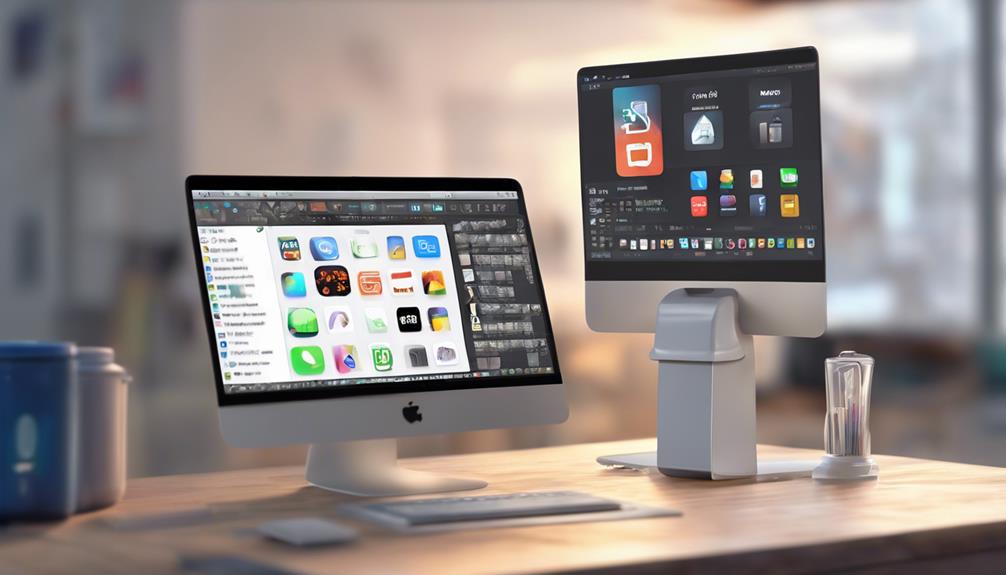
To quickly remove apps from your Dock, simply right-click on the app icon and select 'Remove from Dock.' This method's straightforward, making it easy to keep your dock organized and tailored to your needs. By managing your dock shortcuts effectively, you can enhance your workflow and focus on what really matters.
If you find that certain apps you rarely use clutter your Dock, it's time to let them go. Don't hesitate to remove apps that don't serve your daily tasks. This not only declutters your Dock but also helps in app organization, ensuring that your most important tools are always front and center.
Remember, this action doesn't uninstall the app; it just removes the shortcut from your Dock. You can always find those apps in Finder or Launchpad whenever you need them.
Keeping your Dock streamlined fosters a sense of ownership over your workspace, creating an environment that feels uniquely yours. Embrace this simple step in your MacBook experience and enjoy a more organized and efficient setup that reflects your habits and preferences.
Uninstalling Built-in Applications
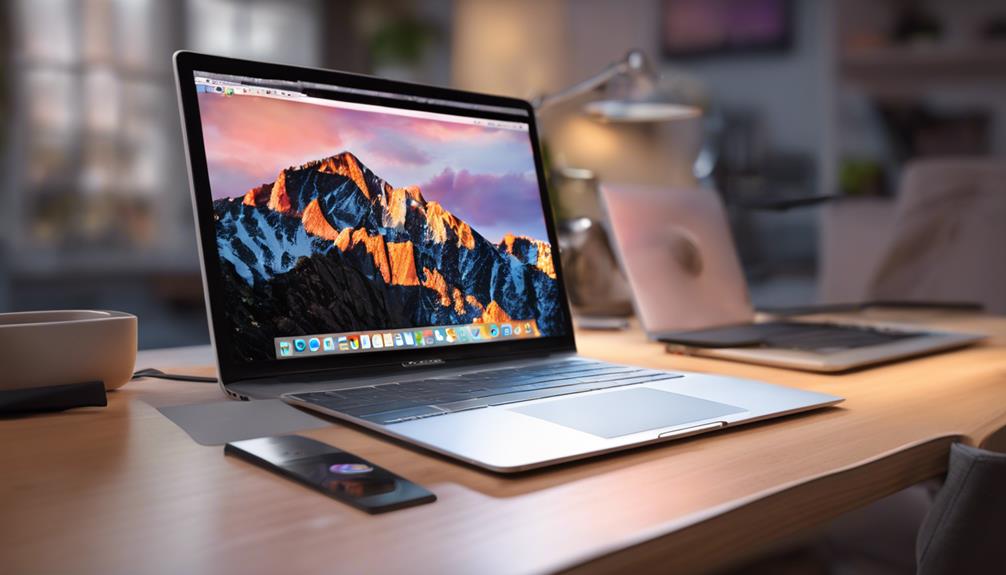
Uninstalling built-in applications on your MacBook can free up valuable space and streamline your experience. While some system apps are essential, there are a few you mightn't need.
Removing system apps can help you focus on what truly matters, allowing for a more personalized setup. Here's a quick list of built-in apps you might consider uninstalling:
- iMovie: If you don't edit videos, it can take up space.
- GarageBand: Great for musicians, but not everyone needs it.
- News: If you prefer other news sources, this app may just take up space.
- Podcasts: Use a different app for your listening needs?
To manage your storage space effectively, simply drag these apps to the Trash or use Finder to uninstall them.
Clearing Residual Files
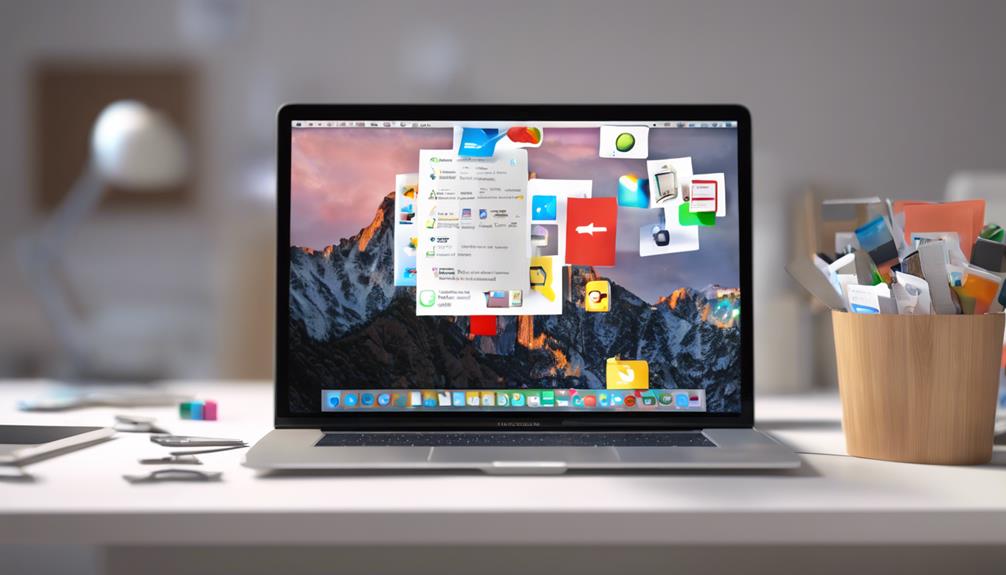
Clearing residual files after uninstalling apps can considerably free up space and enhance your MacBook's performance. When you delete an app, it often leaves behind files like preferences, caches, and logs. These remnants can clutter your system, leading to sluggish performance. To achieve effective app cleanup, you'll want to actively seek out these leftover files.
Start by using Finder to search for the app's name. Check the Library folder—accessible by holding down the Option key while clicking the Go menu. In the Library, look for folders such as Application Support, Caches, and Preferences. Delete any files related to the app you've uninstalled.
You can also take advantage of third-party software designed for system optimization. These tools can automate the cleanup process, ensuring you don't miss any hidden files. However, always choose reputable software to avoid introducing unwanted issues.
Regularly performing this cleanup not only boosts your MacBook's performance but also helps maintain a tidy system. Embracing these practices connects you to a community of users looking for an optimized experience. So, roll up your sleeves and reclaim that valuable space!
Reinstalling Apps When Needed
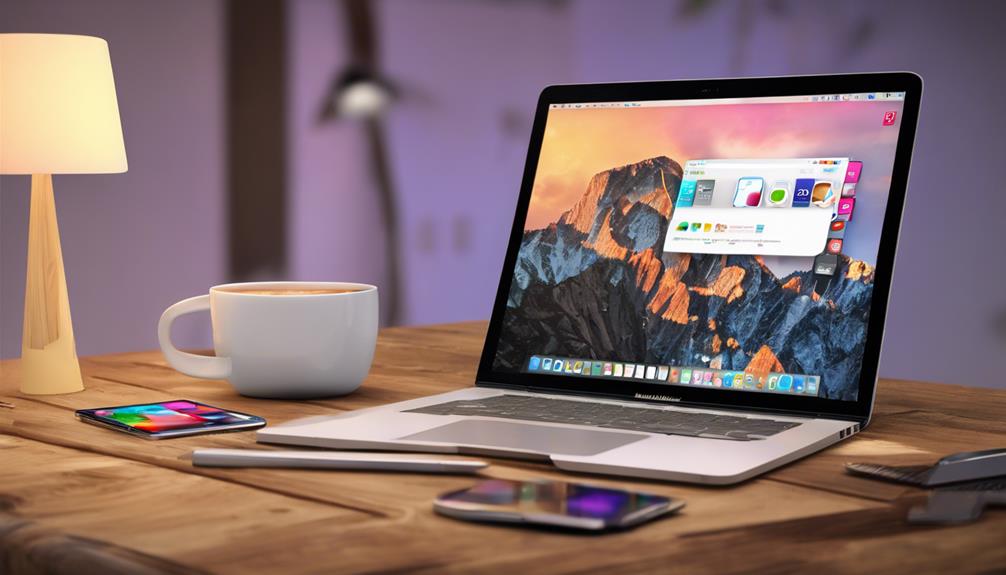
After tidying up your MacBook by removing unwanted apps and their residual files, you might find yourself needing to reinstall some of those applications. Whether you've deleted something by mistake or want to restore a useful tool, there are several app reinstall methods to evaluate.
To get started, think about these key points:
- App Store: Simply open the App Store and search for the app you want. Click “Get” or “Install” to download it again.
- Official Website: Visit the developer's site to download the latest version directly.
- Backup Restore: If you have Time Machine backups, you can restore the app from there.
- Third-Party Software: Some apps can be restored using trusted third-party software that manages applications.
Conclusion
Now that you know how to delete apps on your MacBook, you can keep your device clutter-free and running smoothly.
Whether you prefer using Launchpad, Finder, or the Dock, removing unwanted apps is a breeze.
Just remember, it's better to cut the dead weight early on so you don't end up with a digital mess.
If you ever need an app again, reinstalling is just a few clicks away.
Happy decluttering!
